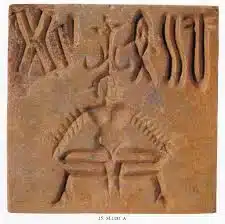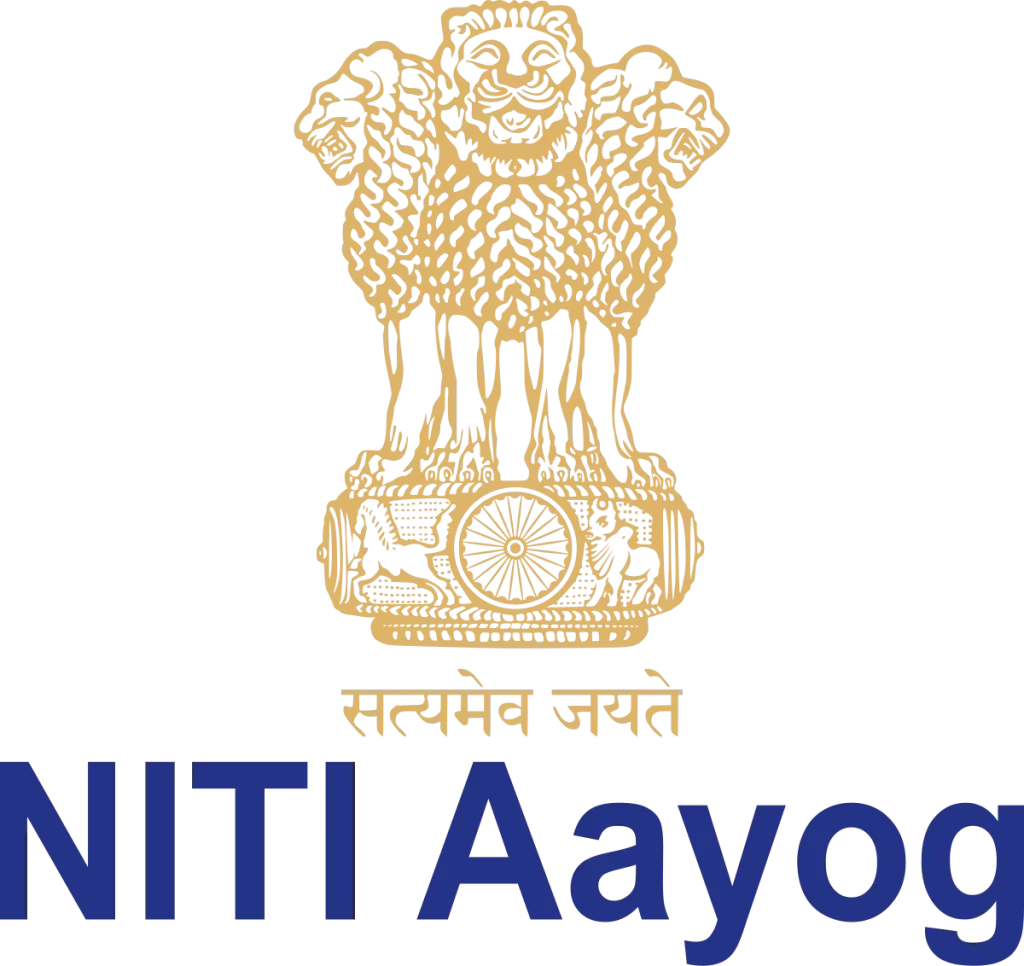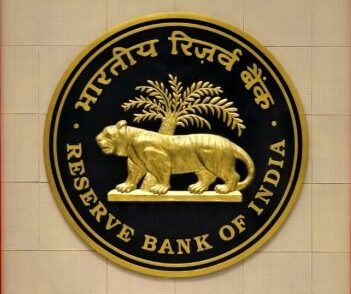The contribution of both Harappa culture and Vedic culture is very important in Indian history. The Harappa culture is the earliest known culture of the Indian subcontinent of the kind now called “urban” (or centered on large municipalities), and the largest of the four ancient civilizations, which also included Egypt, Mesopotamia, and China. The society of the Indus River Valley has been dated from the Bronze Age, the time period from approximately 2900 to 1700 BCE. It was located in modern-day India and Pakistan, and covered an area as large as Western Europe.

Around 1900 BC Harappan cities began to decline. Harappan culture was followed by another great civilisation and culture known as Vedic culture. It is called Vedic Age as its reconstruction is primarily based on using Vedic texts as sources. Indo-Aryans are believed to be the composers of Vedic texts. The term ‘Indo-Aryans’ is basically a linguistic term and refers to speakers of a sub group of the Indo-Iranian branch of the Indo-European family of languages.
The key differences between Harappa and Vedic Civilization are enumerated as follows:
- The sources of information of the Harappan civilization are mainly archaeological, while the Vedic culture is mostly known from the literary sources.
- Harappans are said to have been the original inhabitants of India while the Aryans are believed to have come to India from central Asia.
- The Harappan civilization was urban in nature, Vedic culture was rural and pastoral. At best the Rig Vedic Aryans lived in fortified places protected by mud walls; and these cannot be regarded as towns in the Harappan sense.
- The social life of the Harappa culture people was happy and prosperous and they lived a life of luxury and opulence, while the social life of the people of Vedic culture was simple and their life was based on holiness. The social life of the Indus-culture was matriarchal, while the social life of the Vedic culture was patriarchal.
- In the Indus civilization trade, internal and external, crafts as well as industries were the main sources of economy, Vedic Economy was initially pastoral and later became based upon agriculture and cattle rearing. In terms of economic status, the economic life of the people of the Harappa Civilization was prosperous and advanced as well as based on industrial specialization and localization. They were very skilled in making clay toys and utensils as well as polishing them, while the economic life of the people of Aryan culture was rural. Compared to the Vedic culture, trade was in a developed stage during the time of Indus culture.
- The people of the Harappa Civilization used ‘weights’ for weighing in trade. Many weights (baats) have become available from there. Small businesses were also operating at the time. Vedic culture was agriculture. Aryans lived in villages. At that time, the medium of trade was exchange (barter system). Cow was used as unit of value.
- The agricultural operations, including the ploughing of fields, were better known to the later-Vedic people. Agriculture and animal husbandry were the main occupations of the Aryans. The Aryans were well versed in many agricultural activities including plowing the fields, the only evidence of Harappan culture being found in plowing the fields in Kalibangan.
- Indus people did not know the use of iron. It was purely a copper-bronze culture, while the Vedic culture in its later phase is replete with references to iron.
- The horse, which played a decisive role in the Aryan system of warfare, was not known to the Indus people. A few bones of horse and terracotta figure of a horse-like animal have been unearthed from surkotada.
- Indus people were basically peace loving. Their arms (swords, daggers, arrow-heads, spears) were primitive in nature. Aryans were warlike people and were conversant with all kinds of traditional arms and armour and had devised a full-fledged science of war.
- Aryans worshiped Varuna, Indra, aditi and a large number of other deities which stood for the principal phenomena of nature. They performed sacrifices and offered milk, ghee, etc. to their deities. The Harappans worshipped Pashupati, mother goddess, animals , snake and nature. The fire-altars were discovered from only one Harappan site at Kalibangan.
- In the field of idol worship, people of Harappa Civilization culture were mainly idol-worshipers and worshiped Shiva and Shakti. People from Vedic culture were generally opposed to idol worship – they did not believe in idol worship. In the field of worship of Param Nari (Mother Goddess), the inhabitants of Indus culture were worshipers of Mother Goddess as an adorable goddess. In their religion, the place of female deities was equal to that of male deities, while in the Aryan religion of the Vedic age, the place of female deities was always secondary. In the field of Shivling worship, people of Indus culture worshiped Shivling, while people of Vedic culture hated Ling worship. In the religion of the people of Indus culture, the action of Agni Havan, Yajna, etc. was not of special importance.
- The Harappans practiced earth burials whereas the Aryans practiced cremation.
- Harappan pottery called black or red pottery was wheel made and very distinctive in nature. The distinctive Aryan pottery is known as PGW (painted grey ware).
- The Harappans were short statured, black in complexion, Aryans were tall, well-built and handsome.
- The Harappans ate all birds and animals including cow and calf. People of Indus culture gave special importance to bulls and worshiped bulls, they did not consider ‘cow’ more sacred. They ate wheat, barley and bread. The Aryans preferred Barley, milk and its products, specially ghee or butter and enjoyed Soma drink. The Aryans described cow in Rigveda as `aghnya’, not to be killed.
- Cotton was the basic fabric of the Harappans while the Aryans put on woollen garments as well as leather garments.
- In the field of writing art, the people of Indus culture had complete knowledge of writing art and they used to write from left to right and from right to left. They used hieroglyphics like the ancient Sumerians in the field of writing. The Indus script has not yet deciphered, while Aryan Vedic Sanskrit is the mother of Indian languages and has a profound influence on almost all Indian languages.
Also refer:








